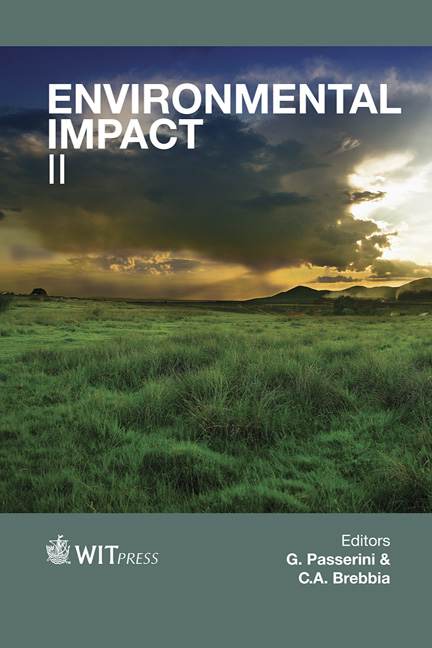Exploring Low-carbon Landscape Design: Focus On An Urban Waterfront Area
Price
Free (open access)
Transaction
Volume
181
Pages
13
Page Range
395 - 407
Published
2014
Size
468 kb
Paper DOI
10.2495/EID140341
Copyright
WIT Press
Author(s)
J. Chon, Y. Eui Choi, S. Jin You, H. Ji Lee & Y. Sun Seok
Abstract
Sustainable designs like low-carbon landscapes are key to lowering the anthropogenic carbon footprint of our society and promoting harmony with natural ecosystems. We can design low-carbon landscapes for terrestrial (e.g. forests and urban farming areas) as well as aquatic (e.g. urban streams, ponds, and wetlands) urban spaces. Ecological interactions between water and soil in an urban ecosystem cause high carbon accumulation rates, especially in waterfront areas. Furthermore, heat absorption at waterfronts also significantly mitigates urban heat island effect. Therefore, urban open spaces with waterfronts are ecologically vital and may help us cope with climate change. However, the design and application of urban low-carbon landscapes are still in the conceptual phase and the creation a low carbon city remains as a preliminary draft. At present, there are very few studies measuring carbon emissions and carbon absorptions in the urban area. Moreover, studies that analyze low-carbon landscape components and their social effects are needed. In this study, we propose a novel conceptual definition of low-carbon landscape and investigate the research methods related to low-carbon landscape design. We have also listed numerous case studies of urban waterfronts scrutinizing the various components of a low-carbon landscape. Keywords: design elements, low-carbon society, carbon reduction, carbon sequestration.
Keywords
design elements, low-carbon society, carbon reduction, carbon sequestration.





